Maqbaratoshoara in Tabriz - The Mausoleum of Poets in Iran
Maqbaratoshoara, also known as the Mausoleum of Poets, is a significant historical site located in the Surkhab district of Tabriz, Iran.
It serves as the resting place for over 400 Persian poets, scholars, and literary figures whose contributions to Persian literature have left a lasting impact. This mausoleum, with its striking modern design, stands as a monument to Iran's rich literary tradition.
The site holds immense importance for both literary enthusiasts and history lovers alike, offering a space to honor the lives and works of poets such as Shahriar, one of the most renowned contemporary Iranian poets, and classical figures like Asadi Tusi and Qatran Tabrizi. Maqbaratoshoara is not just a burial ground but a symbol of Persian cultural pride, representing centuries of poetic expression that has shaped the identity of Iran. For visitors, it provides a unique glimpse into the world of Persian literature, making it a must-visit location for those interested in the intellectual and artistic heritage of the region.
Maqbaratoshoara Historical Background
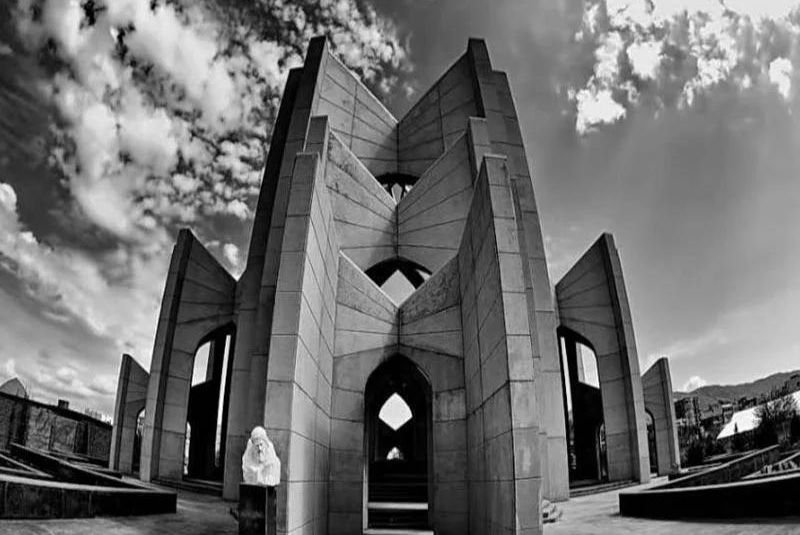
The name Maqbaratoshoara translates to "The Tomb of the Poets" or “Mausoleum of Poets”, perfectly reflecting its purpose as a burial place for Persian poets and intellectuals. Established during the medieval era, this site has long served as a testament to the region’s enduring respect for literary figures. Originally a modest burial ground, it has evolved into a significant landmark over the centuries, with its current architectural form completed in 1970.
Some of the most influential poets buried here include Shahriar, whose poems in both Persian and Azerbaijani languages resonate deeply with Iranians. Another key figure is Asadi Tusi, a poet known for his contributions to Persian epic poetry. Qatran Tabrizi, who was born in Tabriz, is also interred here, known for his mastery in the early stages of Persian literature. These poets, along with hundreds of others, represent the breadth and depth of Persian literary tradition.
Over time, Maqbaratoshoara transformed from a simple resting place into a monumental complex dedicated to the preservation of Iran’s poetic legacy. The decision to build a more prominent mausoleum in the 20th century reflects the national importance of literature in Iran’s cultural identity. For centuries, Persian poetry has been seen as an essential expression of Iranian thought and philosophy, and Maqbaratoshoara is a testament to this tradition. Today, it continues to be a site of reflection, attracting both tourists and locals who seek to connect with the rich literary history of the region.
Architecture of Maqbaratoshoara
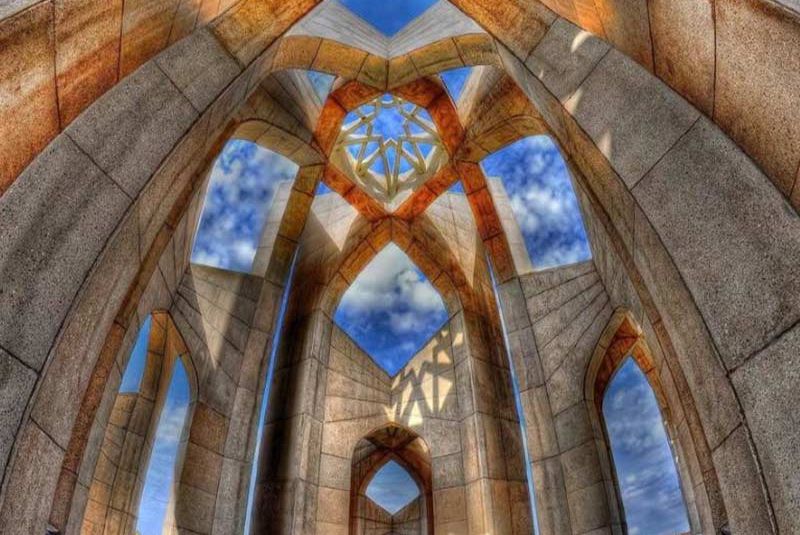
The architectural style of Maqbaratoshoara, completed in 1970, is distinctly modernist, featuring clean lines and geometric forms that stand in contrast to the traditional poetry it commemorates. Designed by architect Gholamreza Farzanmehr, the structure's sharp angles and minimalist aesthetic are a departure from the intricate, ornate designs typically associated with Persian monuments, reflecting a forward-looking approach while honoring the legacy of the past.
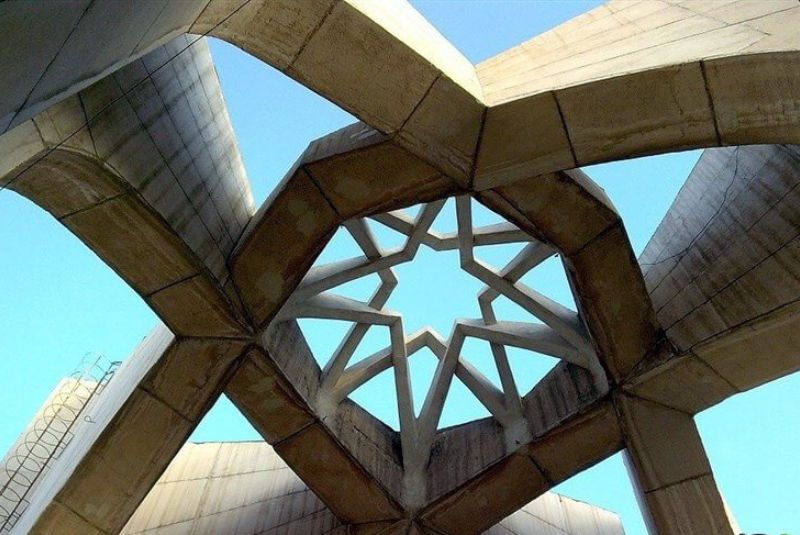
One of the most striking features is the use of geometric patterns that symbolize Persian culture’s deep connection to poetry and art. These angular shapes represent the layers and complexities of poetry, emphasizing how art can be expressed through both literature and architecture. The use of concrete as the primary construction material adds to the sleek and modern appearance of the mausoleum, giving it a bold and enduring presence.
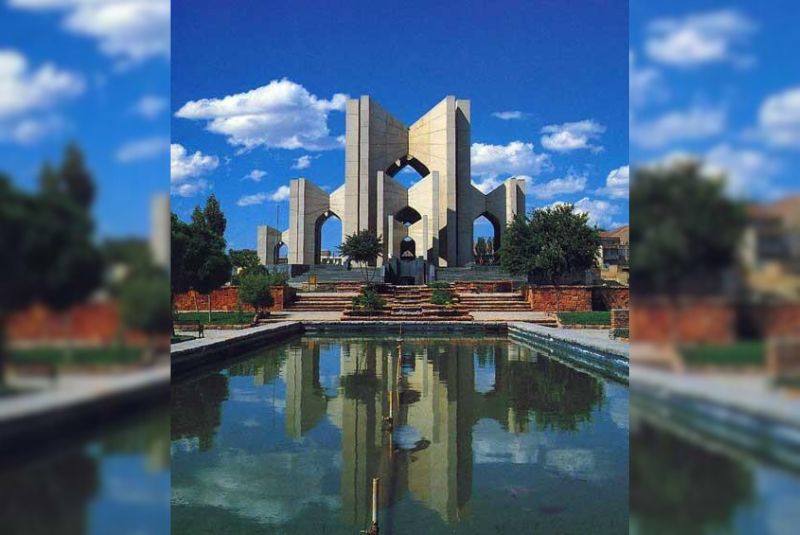
As visitors approach the site, they are greeted by the mausoleum’s towering structure, which seems to rise from the earth in dramatic fashion. Inside, plaque inscriptions detail the lives and works of the poets buried here, creating an atmosphere of reflection. The overall ambiance is solemn and peaceful, allowing visitors to contemplate the profound influence these poets have had on Persian culture and literature.
Visiting Maqbaratoshoara: What to Expect
When planning a visit to Maqbaratoshoara, tourists should be aware of the operating hours, which are generally from 8:00 AM to 5:00 PM, though times may vary depending on the season. Entry is often free, but some special exhibitions or tours might come with a nominal fee. The best times to visit are in spring or fall, when the weather in Tabriz is mild and pleasant, making it more comfortable to explore the area.
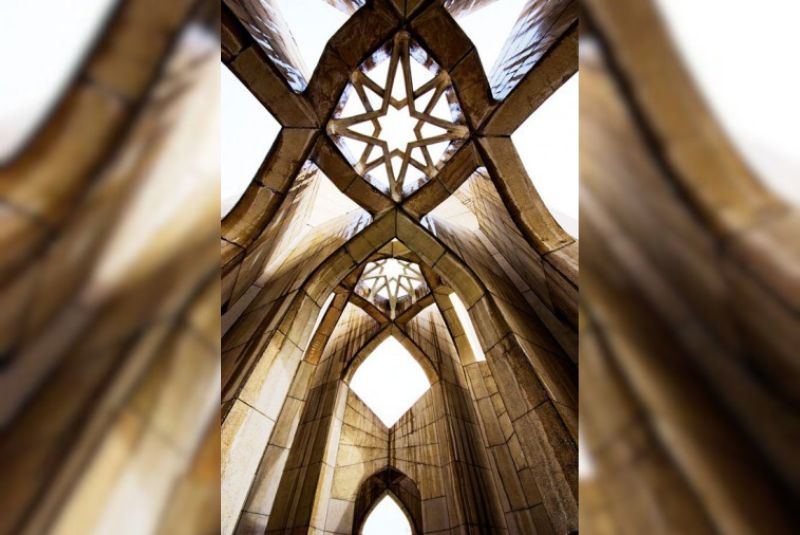
Upon arrival, visitors can walk through the mausoleum grounds, taking in the striking architecture while reading the inscriptions that provide insight into the lives of the poets buried there. Each plaque offers a brief biography and highlights the literary contributions of the poets, making the experience educational as well as reflective. The tranquil atmosphere allows for peaceful contemplation, perfect for those seeking a quiet moment to connect with the literary history of Iran.
For a more in-depth experience, guided tours and audio guides are often available, providing additional context about the site's significance and the poets' legacies. Visitors are encouraged to come during quieter hours to fully appreciate the serene surroundings. Whether walking through the site or sitting by one of the inscriptions, Maqbaratoshoara offers a contemplative space for literature enthusiasts and tourists alike.
Maqbaratoshoara Nearby Attractions
After visiting Maqbaratoshoara, tourists will find plenty of other significant sites in Tabriz that offer a deeper understanding of the city’s history and culture. Here are five nearby attractions that are worth exploring:
Tabriz Historic Bazaar Complex (A UNESCO World Heritage Site)
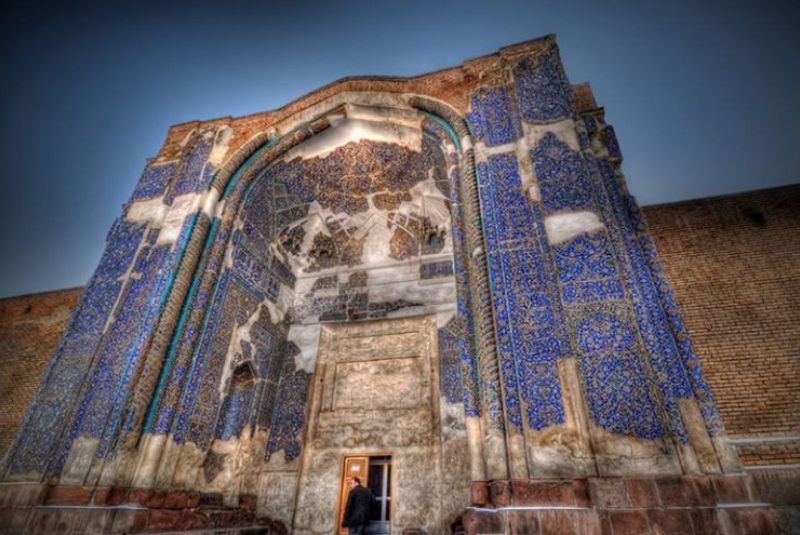
The Tabriz Historic Bazaar Complex is one of the oldest and most important commercial centers in the Middle East. With a history spanning over a thousand years, this sprawling bazaar is a labyrinth of narrow alleyways and vaulted halls, where visitors can explore a variety of traditional goods. The bazaar is especially famous for its carpet section, where intricate Persian rugs are displayed, as well as its spices, textiles, and crafts. Designated as a UNESCO World Heritage Site, it offers tourists a chance to experience the bustling trade and cultural exchanges that have occurred here for centuries.
Blue Mosque (Kabood Mosque)
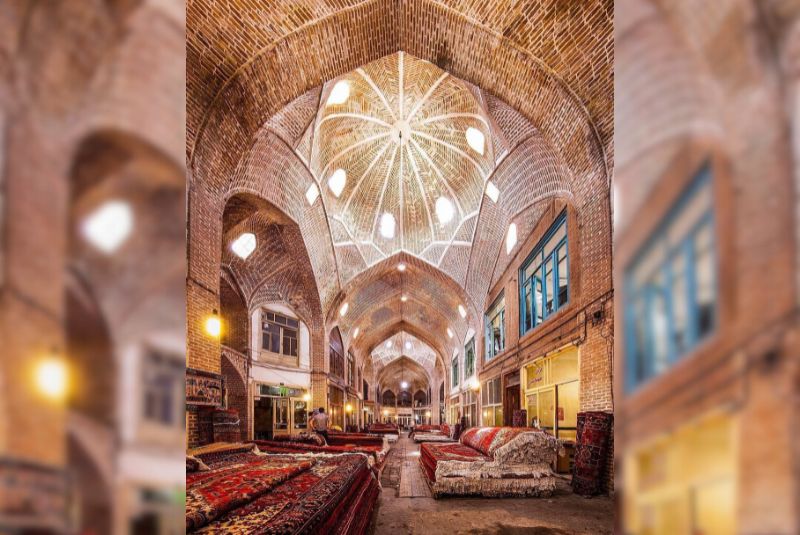
Known locally as the Kabood Mosque, the Blue Mosque is a striking example of 15th-century Islamic architecture. It earned its name from the stunning blue tilework that once covered its walls and dome, much of which was destroyed in an earthquake in 1779. The mosque has since been partially restored, and the remaining fragments of tilework still exhibit the exquisite craftsmanship that originally adorned the structure. Its combination of history and beauty makes it a must-visit for those interested in Islamic art and architecture.
Azerbaijan Museum
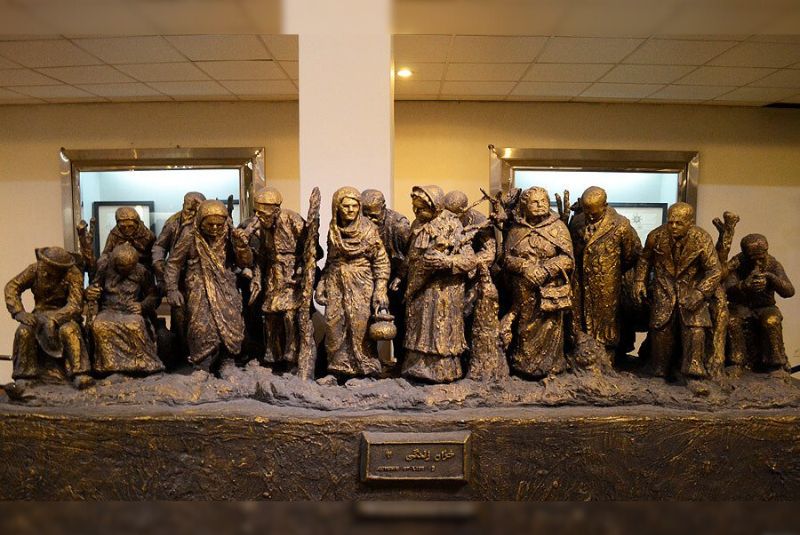
Just a short walk from the Blue Mosque, the Azerbaijan Museum houses a wide range of artifacts from Iran’s ancient history. Its exhibits include pottery, coins, and sculptures that date back to the prehistoric and Islamic eras. For history enthusiasts, this museum offers an insightful continuation of their visit to Maqbaratoshoara, providing a broader understanding of the region’s past.
El-Gölü Park

For those looking for a more relaxing environment, El-Gölü Park is the perfect destination. Situated on the outskirts of Tabriz, this picturesque park features a large artificial lake with a charming palace situated at its center. The park is a popular spot for both tourists and locals, offering scenic walks, boat rides, and peaceful surroundings. After a day of sightseeing, it’s an ideal location to unwind and enjoy the natural beauty of the area.
Arg-e Tabriz (Citadel of Tabriz)
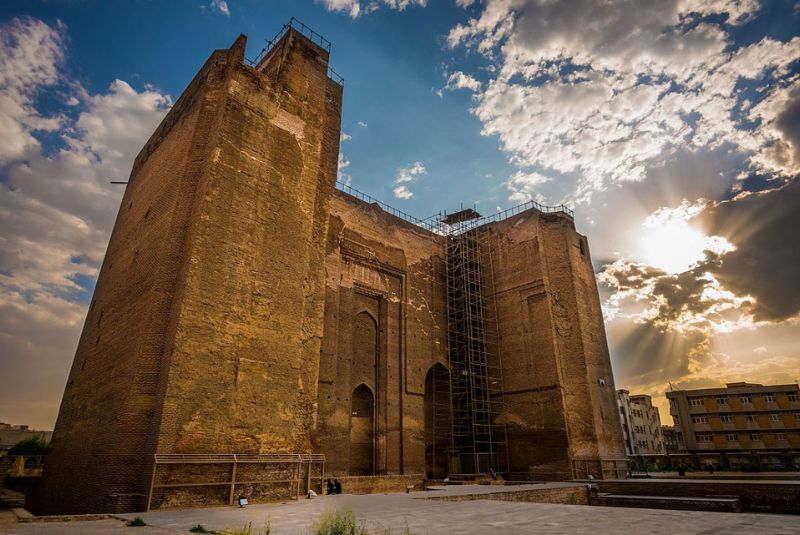
The Arg-e Tabriz, also known as the Citadel of Tabriz, is an iconic landmark dating back to the 14th century. Though much of the structure is now in ruins, its imposing walls remain a symbol of Tabriz’s strength and resilience throughout history. The citadel has witnessed numerous battles and reconstructions, making it a fascinating site for those interested in military and architectural history.
Final Takeaway
Maqbaratoshoara is not just a final resting place for poets; it’s an important cultural site that highlights the significance of poetry in Persian culture. Visiting the Mausoleum of Poets offers travelers a chance to learn more about the lives and works of some of Iran’s most famous poets.
Share your story!
Comment below and let us know about your Experience.
Your story inspires others!


Comment
Leave a Comment